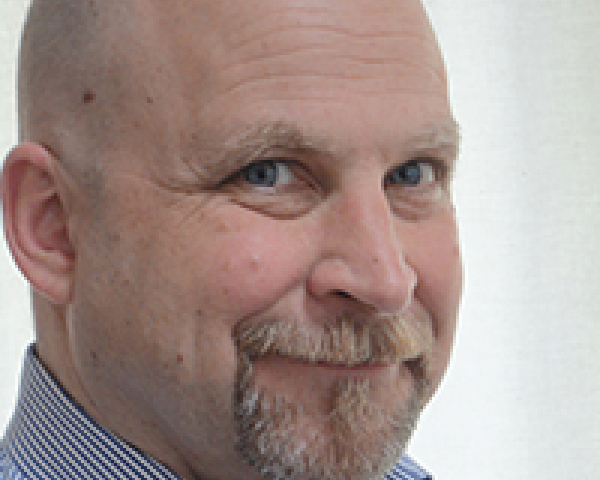If the workers’ comp industry is serious about leveraging analytics and technology, then we need to create an innovation-friendly legislative framework. A consortium of major corporate players and industry groups should design, promote and lobby for high-level legislative clarifications suitable for all jurisdictions. This will open fertile ground for better and faster innovation. I hereby name this endeavor the “Workers’ Compensation Legislative Imperative to Foster Technology,” or simply “WC-Lift.”
Why do we need WC-Lift? State legislatures do not seem to anticipate their role in redefining workers’ compensation as we know it given the promise of technology, analytics and artificial intelligence. Without legislative anticipation, great applications may be DOA in the marketplace if implementation doesn’t fit the letter of law. To insurtech pioneers and their investors, I ask: Would you rather launch a product blindly amid potential claim-by-claim legal objections and hope new case law eventually favors your application? Or would you rather have the path cleared by legislative adaptations that change the statutory paradigm and embrace technology?
The WC-Lift mission is to recognize potential reaches of technology as they apply to WC, to know what innovation is incubating and to provide guidance for lawmakers in setting the stage for accepting breakthroughs. A universal framework of immediate statutory changes should be prescribed. These changes anticipate statutory grey areas or roadblocks for new applications and simply clarify an ability to do something new.
See also: States of Confusion: Workers Comp Extraterritorial Issues
Just a few examples of law-adaptations in the WC-Lift can include:
Open Payment Methodology: Refine the legal definition of “payment” to include “all viable methods of funds transfer and receipt as acceptable to parties of any given case.” For money transaction innovators, this wording removes the risk that WC law might strictly require payment as paper checks drawn from traditional banks.
Enhanced Medical Evidence: Confirm acceptability of medical evidence beyond that of written reports from a physician to include “credible statistical and analytical data that enhances contemplation of causation, permanent disability, reasonable and necessary treatment, functional capacity, diagnosis, treatment plan, future cost or life-care estimates; and also refines the selection of providers and independent examiners for specific claimants.” This adaptation says nothing of the weight such evidence carries, but at minimum it opens the playing field for innovators to begin a proving process in shaping adjusting decisions and convincing courts to limit human bias in critical medical decisions.
Dynamic Employability Factors: Consider “employability” measurement on an open platform, specifically allowing enhanced evidence to measure permanency or future earning capacity. Statutory clarification can call for “combinations of data from aggregated job postings, analytics depicting most suitable work, predictive value of vocational training, evidence from functional capacity evaluations,” etc. This open field will spark innovation in aligning individual claimants with an outlook for their future employability and earnings. As machine learning proves out, this evidence should carry more weight in case decisions.
Like and Kind Awards Comparison: Allowance of “historical data for like cases to be considered in valuation of settlements and awards” as an enhancement to case valuation and the mediation/settlement process. Dollar-value based on analytical historical precedent and informed by individual case nuances can be a precursor to any statutory process by which settlements are evaluated and approved.
Open Filings Methodology: Recognizing the burden of state filings allows a “compliance appeal process whereby adjusting companies can propose technological means to satisfy filing requirements or alter requirements that are obsolete based on technological means to automate the transfer of information, confirm and update critical status.” Any legislature adopting this premise is in a position to benefit from technological advancement aimed at efficiency and accuracy for the greater good.
See also: Predicting the Future of Insurtech
The possibilities are vast. Consider that the early mission of WC-Lift is not to change low-level statutory process nor to adopt controversial legislative positions but simply to create safe openings that deliberately engage any and all jurisdictions in embracing technology. WC-Lift is not upsetting the apple cart but rather creating a bigger cart with more apples to choose. The drawback, if any, is that adoption by states will require a span of time where technology and new evidence must be tested with perhaps greater diligence but minimal harm. The payoff is ensuring a future that identifies and nurtures emerging strains of innovation that truly improve WC outcomes and claimant experience.
I invite any interested parties with the wherewithal to charter this notion of WC-Lift to contact me and get started. Legislatures need us!


